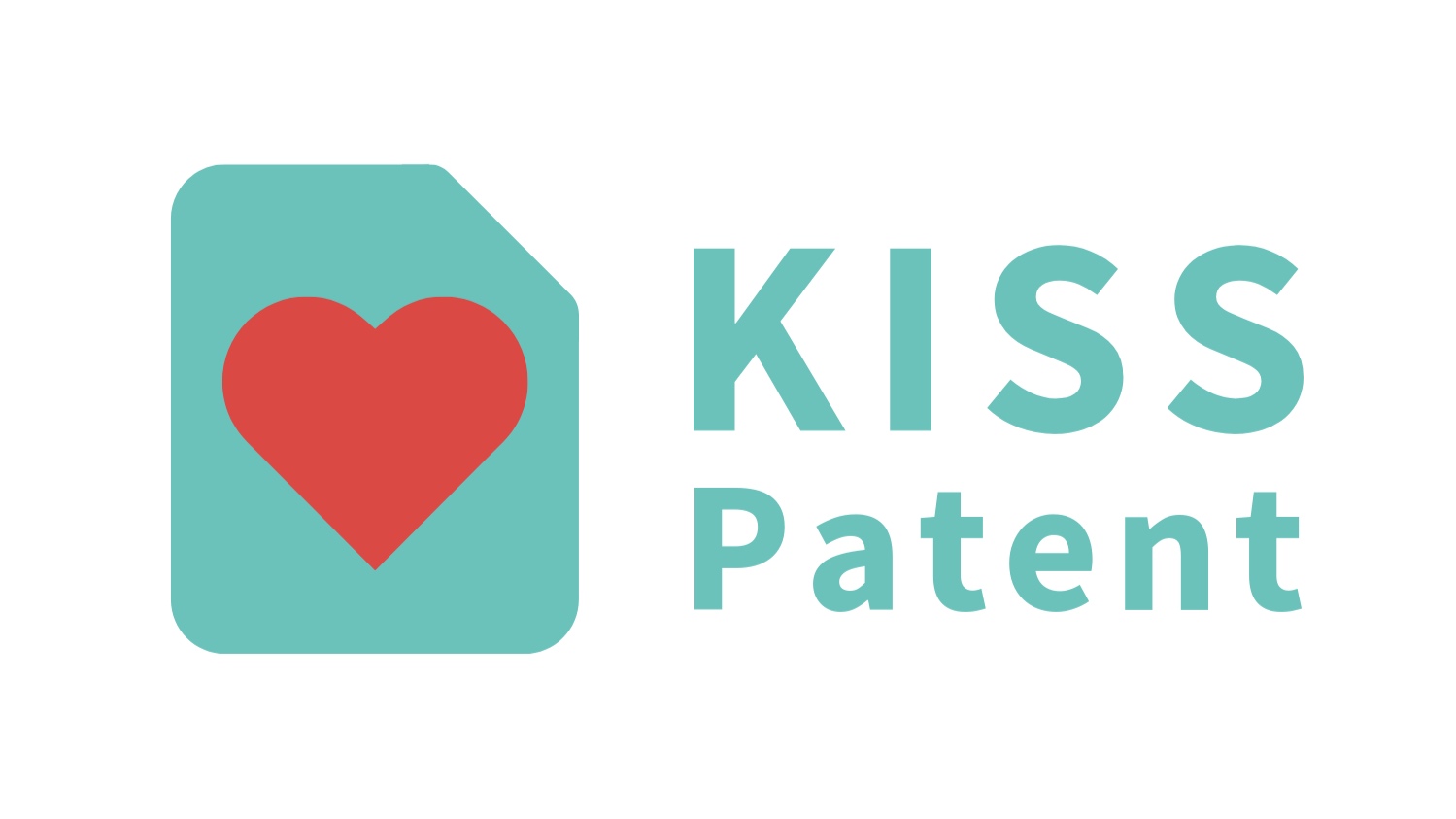It may be hard to believe, but Bitcoin, the first viable application of blockchain technology, is less than a decade old. The vast financial potential of Bitcoin, cryptocurrency, blockchain and distributed ledgers are driving many companies to become experts in the new field with incredible speed.
One third of all US patent applications related to Bitcoin or the blockchain, that were ever published - were published in 2017. This represents a 20% increase from 2016.
Companies from Amazon to Verizon are getting into the area, quickly filing for patents in the hope of blocking their competitors. So where does this leave blockchain and cryptocurrency startups?
Want to be one of the big players in the Blockchain game?
Take our short survey to find out what type of intellectual property is right for your Blockchain idea!
Size counts...
Companies are amassing war chests of patents. Having a large number of patents leads to a "patent thicket" - an impenetrable mass of patents. This mass of patents is difficult to defend against in court. Competitors are more likely to yield than to fight. This can mean paying for a license to the patent owner, or even leaving a commercial area.
The best defense against such a patent thicket is to have your own group of patents. Coinbase, for example, has already filed for at least 9 US patents. They got started early - Coinbase has been around for less than 5 years. Patents take 18 months to publish, so Coinbase started filing very early on.
But so does quality
Two of the biggest problems facing companies seeking patent protection for their blockchain ideas are also relatively new developments. First of all, the American Invents Act (AIA) in 2011 simplified the ownership of new tech as the “first to file,” rather than the obscure “first to invent” new tech like those involving blockchain. This brought the U.S. law more closely into line with the rest of the world, where patent challenges are likely to arise in the new global economy. However, it also introduced a nine month period after filing when anyone can question the validity of the patent, which can have a chilling effect on innovation.
The second is related to FinTech. The Supreme Court heard the case of Alice Corp v. CLS Bank International in 2014, involving four patents for an escrow settlement online service. The court decided that Alice’s ideas were too abstract and the patents were unenforceable. This built on the Bilski v. Kappos case in 2010, which determined that you can’t patent a business method. Just in the past few years, there has been a tightening of patent guidelines to reflect the underlying logic of these rulings.
Machines and transformations
One of the essential tests that patent examiners use is the “Machine or Transformation” test, meaning that the proposal must be the result of a specific machine or it has to transform something into something else, even if that something is only data. The process must be novel, non-obvious and described in as minute detail as possible. Abstract ideas that are not patentable, in contrast, are things that could apply in multiple fields or use well-known ways of doing things in other areas. This is why blockchain-related concepts face an uphill battle in securing patent protection.
Federal circuit courts have upheld the thinking that hedging risk proposals, new approaches to defining contractual relationship, trading in advertising like a currency and information clearinghouses are all abstract and non-patentable concepts.
On the plus side, the courts decided last year, in Enfish v. Microsoft, that it is possible to patent a self-referential spreadsheet which has the main function of improving a data structure. Blockchain businesses that present a way to improve data structure, based on a transformations of data from the distributed ledger, could represent the best place to start. This approach to patentability was upheld later in 2016 under the case Bascom Global Internet Services v. AT&T Mobility.
What patents bring to blockchain
In December of 2016, Mastercard filed patents for four blockchain APIs, signaling that more traditional financial institutions are ready to put blockchain and distributed ledgers to work as soon as possible. The patents very precisely outline applications that do validation functions, improve standard fraud control and handle title transactions.
Traditional players like Mastercard are using patents to fend off new entrants as they redefine their significance in a world of cryptocurrencies, saying “At Mastercard, we believe that there is a role for blockchain in the future of commerce.”
Meanwhile, smaller companies like Blockstream are pursuing a defensive patent strategy, vowing not to sue as long as developers and users of their inventions follow certain guidelines. Similar to open source, this strategy is meant to make their protocols more attractive and widely accepted. Now, it’s up to the market to make the next move.
Wondering if your idea is patentable? Have a question about this article? We can answer all of your questions — just hit "contact us" down below!











